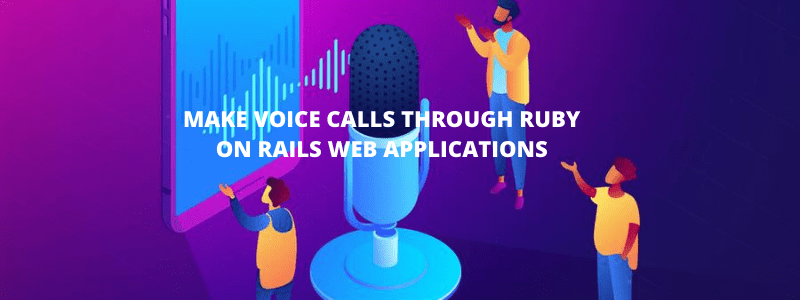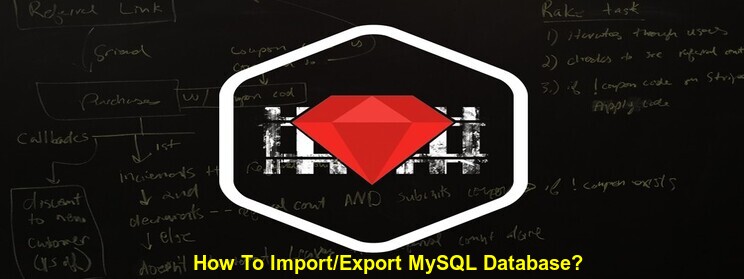Real-time's Framework es un sistema de mensajería bidireccional de conexión persistente cegadoramente rápido. Es un medio único para que una empresa mantenga una relación en línea en directo con sus clientes.
Esto tiene la enorme ventaja de permitir que la interacción se produzca en directo y en tiempo real, sin retrasos ni actualizaciones de página, para crear una relación duradera y bidireccional con cada usuario en línea.
Funciona con dos componentes principales:
La ORTC (Conectividad Abierta en Tiempo Real) hace posible la web en directo: Un sistema de mensajería de muchos a muchos en tiempo real, seguro, rápido y altamente escalable alojado en la nube para aplicaciones web y móviles.
Aquí podemos utilizar el cliente ORTC en lugar del fragmento de código xRTML proporcionado por realtime.co para las conexiones en tiempo real.
El lenguaje de la Web en directo s xRTML (Extensible Realtime Multiplatform Language): Un conjunto de herramientas api para crear aplicaciones web y móviles en tiempo real con una API fácil de usar basada en una biblioteca JavaScript.Pasos: Incluye este plugin js http://dfdbz2tdq3k01.cloudfront.net/js/2.1.0/ortc.js
Para enviar mensajes a tiempo real:window.onload = function () {
loadOrtcFactory(IbtRealTimeSJType, function (factory, error) {
if (error != null) {
alert("Error de fábrica: " + error.message);
} else {
if (factory != null) {
// Crear cliente ORTC
var ortcClient = factory.createClient();
// Establecer las propiedades del cliente ORTC
ortcClient.setId('clientId');
ortcClient.setConnectionMetadata('clientConnMeta');
ortcClient.setClusterUrl('http://ortc-developers.realtime.co/server/2.1/‘);
ortcClient.onConnected = function (ortc) {
// Conectado // Primer canal
ortcClient.subscribe('canal1', true, function (ortc, canal, mensaje) {
console.log(mensaje)
ortcClient.unsubscribe(canal);
});
// Segundo canal
ortcClient.subscribe('canal2', true, function (ortc, canal, mensaje) {
console.log(mensaje)
ortcClient.unsubscribe(canal);
});
};
ortcClient.onDisconnected = function (ortc) {
// Desconectado
}; //Envíe aquí sus mensajes
ortcClient.onSubscribed = function (ortc, canal) {
// Suscrito al canal 'channel');
ortcClient.send(channel, 'Mensaje al canal');
};
ortcClient.onUnsubscribed = function (ortc, canal) {
// Darse de baja del canal 'canal');
ortcClient.disconnect();
};
ortcClient.onException = function (ortc, exception) {
// Se ha producido una excepción: 'exception'
};
ortcClient.onReconnecting = function (ortc) {
// Intentando reconectar
};
ortcClient.onReconnected = function (ortc) {
// Reconectado
};
ortcClient.connect('myApplicationKey', 'myAuthenticationToken');
}
}
});
};
Para recibir mensajes de Realtime a App Frontend: //Aquí quitar ortcClient.onSubscribed función
window.onload = function () {
loadOrtcFactory(IbtRealTimeSJType, function (factory, error) {
if (error != null) {
alert("Error de fábrica: " + error.message);
} else {
if (factory != null) {
// Crear cliente ORTC
var ortcClient = factory.createClient();
// Establecer las propiedades del cliente ORTC
ortcClient.setId('clientId');
ortcClient.setConnectionMetadata('clientConnMeta');
ortcClient.setClusterUrl('http://ortc-developers.realtime.co/server/2.1/‘);
ortcClient.onConnected = function (ortc) {
// Conectado // Primer canal
ortcClient.subscribe('canal1', true, function (ortc, canal, mensaje) {
console.log(mensaje)
ortcClient.unsubscribe(canal);
});
// Segundo canal
ortcClient.subscribe('canal2', true, function (ortc, canal, mensaje) {
console.log(mensaje)
ortcClient.unsubscribe(canal);
});
};
ortcClient.onDisconnected = function (ortc) {
// Desconectado
}
ortcClient.onUnsubscribed = function (ortc, canal) {
// Darse de baja del canal 'canal');
ortcClient.disconnect();
};
ortcClient.onException = function (ortc, exception) {
// Se ha producido una excepción: 'exception'
};
ortcClient.onReconnecting = function (ortc) {
// Intentando reconectar
};
ortcClient.onReconnected = function (ortc) {
// Reconectado
};
ortcClient.connect('myApplicationKey', 'myAuthenticationToken');
}
}
});
};
Nota concluyente:
El marco en tiempo real es, por lo tanto, un sistema de mensajería emergente y de rápido crecimiento que ayuda a las empresas a servir a sus clientes a un ritmo muy rápido y por lo tanto también evitar la brecha de tiempo de la prestación de los servicios.
Esto también da una ventaja competitiva a la empresa, ya que es el sistema, que es adecuado para el mundo actual de crecimiento recurrente de los negocios.
Leer más :
Una introducción a la API de Rails
Configurar el entorno Rails
Manipulación de imagen
Cómo instalar Ruby sobre rieles
Póngase en contacto con nosotros.Lubaib C J
Desarrollador senior Ruby on Rails





